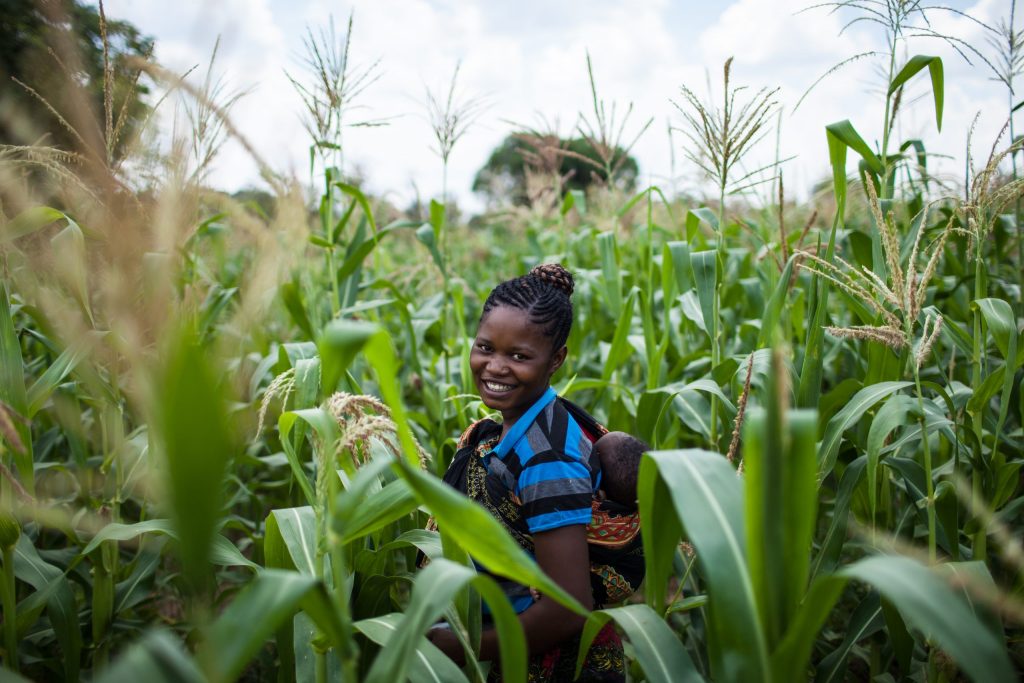Read the report
Our latest financial benchmarking on the economics of agri-SME lending draws on 32k loans totaling $2B from 41 Aceli lending partners across Kenya, Rwanda, Tanzania, Uganda, and Zambia. Conducted in partnership with Dalberg, the key findings include:
- Market growth. Agri-SME loan volume grew 83% from $295M in 2020 to $541M in 2023 while the total number of loans more than doubled.
- Banks driving volume. Banks comprise 63% of the 41 lenders in the dataset and account for 94% of the loans (note: value chain credit is an important source of finance for agri-SMEs and smallholder farmers but is not captured in this data).
- Shift downmarket. The average loan size fell by 20% largely driven by Tanzanian lenders that ramped up activity for underserved market segments in response to favorable enabling policies from the Tanzanian government.
- Risk remains elevated but is declining. Higher volume lenders are improving their risk management but non-performing loans (NPLs) for agri-SME lending remains 40% above NPLs for bank lending overall; with most agri-SMEs in the region still struggling to access finance from formal sources, we believe the systemic risk of agri-SME lending is even higher than this data on outstanding loans indicates.
- Profitability is gradually improving. Banks generated a 3.5% return on their agri-SME lending overall but profitability varies by loan size from a healthy 8.4% margin on loans $500k-$2M compared to just 1.6% on loans $25-50k and -2.2% on loans $10-25k.
- Opportunity cost. However, there is a significant opportunity cost for agri-SME lending, particularly smaller loans, relative to the 16.2% average yield on government bonds across the five countries and the 28.3% overall profitability for commercial banks.
- Aceli’s incentives improve loan economics. Aceli’s portfolio first loss cover and origination incentives improve agri-SME loan profitability by ~3%; while this is not enough to bridge the full opportunity cost, it is a meaningful nudge that reinforces lenders’ growing interest in serving this market.
- Shift in lender outlook and behavior. Lenders report an increase in outreach to new borrowers segments and improved loan terms. See the full report for more detail on these trends.


